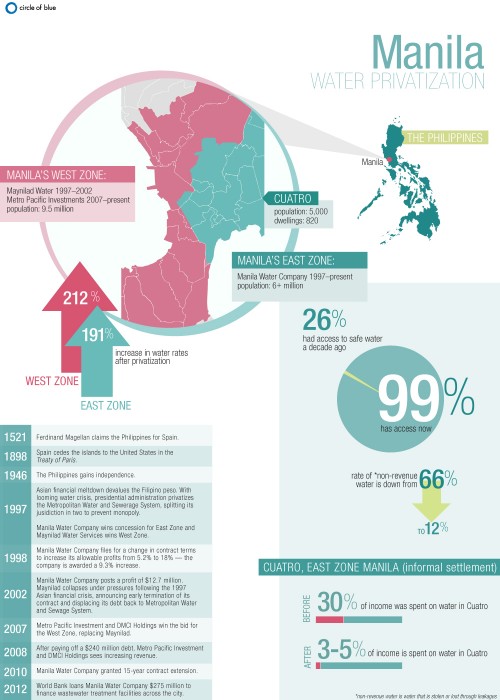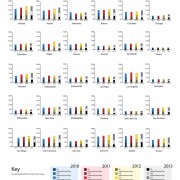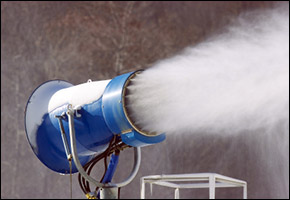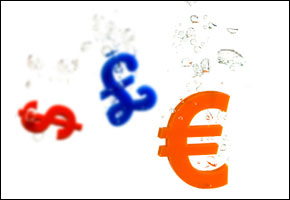Infographic: Water Privatization in the Philippines
Breaking down the history of water privatization in the Philippine capital of Manila, this infographic explores the city’s varied success with privatization using a timeline and a map.
In 1946, after three centuries of Spanish colonization and 47 years of U.S. occupation, the Philippines achieved independence. In the following decades of transition, however, the nation struggled with devastating natural disasters. Typhoons, tsunamis, and earthquakes battered an already politically and financially unstable country.
Recipients of nine conditional loans, called Structural Adjustment Programs, from the World Bank, the economy of the Philippines was drastically restructured to favor privatization beginning in the 1960s. Bolstered by the perceived success of the privatization of electricity from 1994 to 1998 by President Fidel Ramos, the administration decided to also privatize the struggling Metropolitan Water and Sewerage System (MWSS) in 1997. Following the Paris water privatization model in which the utility split its jurisdiction in two to prevent monopoly, MWSS granted Manila Water a concession for the East Zone and Maynilad Water Services, Inc. the West Zone concession.
The infographic below explores the history of privatization in Manila, as well as how effective the project has been for certain regions in the metropolitan area.
Amanda Northrop is a student at Grand Valley State University and a design intern for Circle of Blue. This infographic accompanies an article by contributing writer Sarah Haughn: Making Connections in the Philippines — Water Privatization Across Manila’s East Zone. Reach Amanda at circleofblue.org/contact.
Circle of Blue provides relevant, reliable, and actionable on-the-ground information about the world’s resource crises.










Leave a Reply
Want to join the discussion?Feel free to contribute!